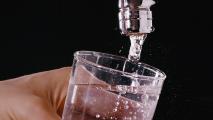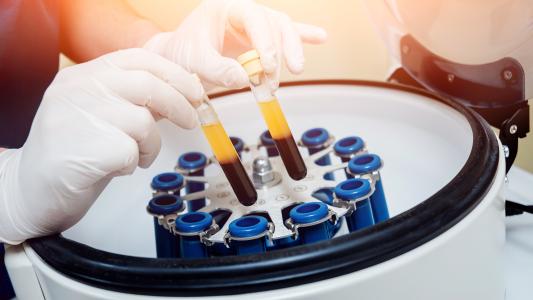Being able to accurately track coronavirus infections is essential in the fight against COVID-19.
Not only does it let experts know how many people are currently infected, but also where those numbers are increasing or decreasing — information that can inform resource allocation and reveal which response efforts are working and which aren’t.
However, many countries, including the U.S., don’t have nearly as many test kits as they do potential coronavirus carriers, which makes it impossible for experts in those places to know just how many people have the virus.
That’s prompting some researchers to explore a slightly unusual method for tracking coronavirus infections: sewage analysis.
Track Coronavirus Infections
The average person begins experiencing coronavirus symptoms five days after infection. Sometimes, though, symptoms take two weeks to appear, and sometimes they don’t appear at all.
That means most people who get tested for the coronavirus have had it for at least five days, while some carriers don’t get tested at all because they never feel sick.
“We hope we can detect an uptick in cases with this tool faster than we can through clinical testing.”
Alexandria Boehm
However, within just three days of a person being infected, traces of the coronavirus can begin to appear in their feces, whether they experience symptoms or not.
Rather than relying on individuals to get tested for the coronavirus, then, some researchers think health officials should be analyzing sewage for signs that the virus has spread to their area.
There’s already evidence that this method could be worthwhile.
In March, a team of Dutch researchers managed to detect traces of the coronavirus in wastewater (a combination of sewage and other water contaminated by human activity) in Amersfoort, the Netherlands, weeks before the city reported its first case of COVID-19.
Now, researchers from the University of Michigan and Stanford University are attempting to not just detect the coronavirus in sewage, but use sewage analysis to track coronavirus infections in an area.
“Our hope is that we can detect an uptick in cases with this tool faster than we can through clinical testing,” researcher Alexandria Boehm said in a news release. “We don’t know that for sure, but that’s the hypothesis.”
Stanford’s Sewage Analysis
To see if they can track coronavirus infections through sewage, the group is currently collecting samples of wastewater from several water treatment plants near Stanford’s California campus.
In the next few weeks, they plan to begin analyzing the samples for traces of the coronavirus’s genetic material.
They then aim to use those measurements to estimate the number of coronavirus infections in the region — a daunting task, according to Dan Burgard, a wastewater epidemiology specialist not involved in the study.
“The ability to back calculate from the sewer to the number of people could be difficult,” he told Wired. “We don’t have a Star Trek tricorder where you hold up a device and it tells you exactly how much material is present.”
Still, if the team is successful, the use of sewage analysis to track coronavirus infections could prove to be a valuable weapon against the COVID-19 outbreak — particularly in places with a shortage of testing kits.
“For epidemiologists interested in the prevalence and incidence of COVID-19, our methodology offers an estimate that does not rely on testing every individual, nor is it as prone to measurement bias,” researcher Nasa Sinnott-Armstrong said in a news release.
“We could identify areas with rapidly increasing cases as a warning system to the health care system,” they added. “Finally, these numbers can help epidemiologists model the trajectory of the pandemic with far less testing burden on our health care system.”






